Home>Furniture & Design>Interior Design Trends>What Is Glazed Glass
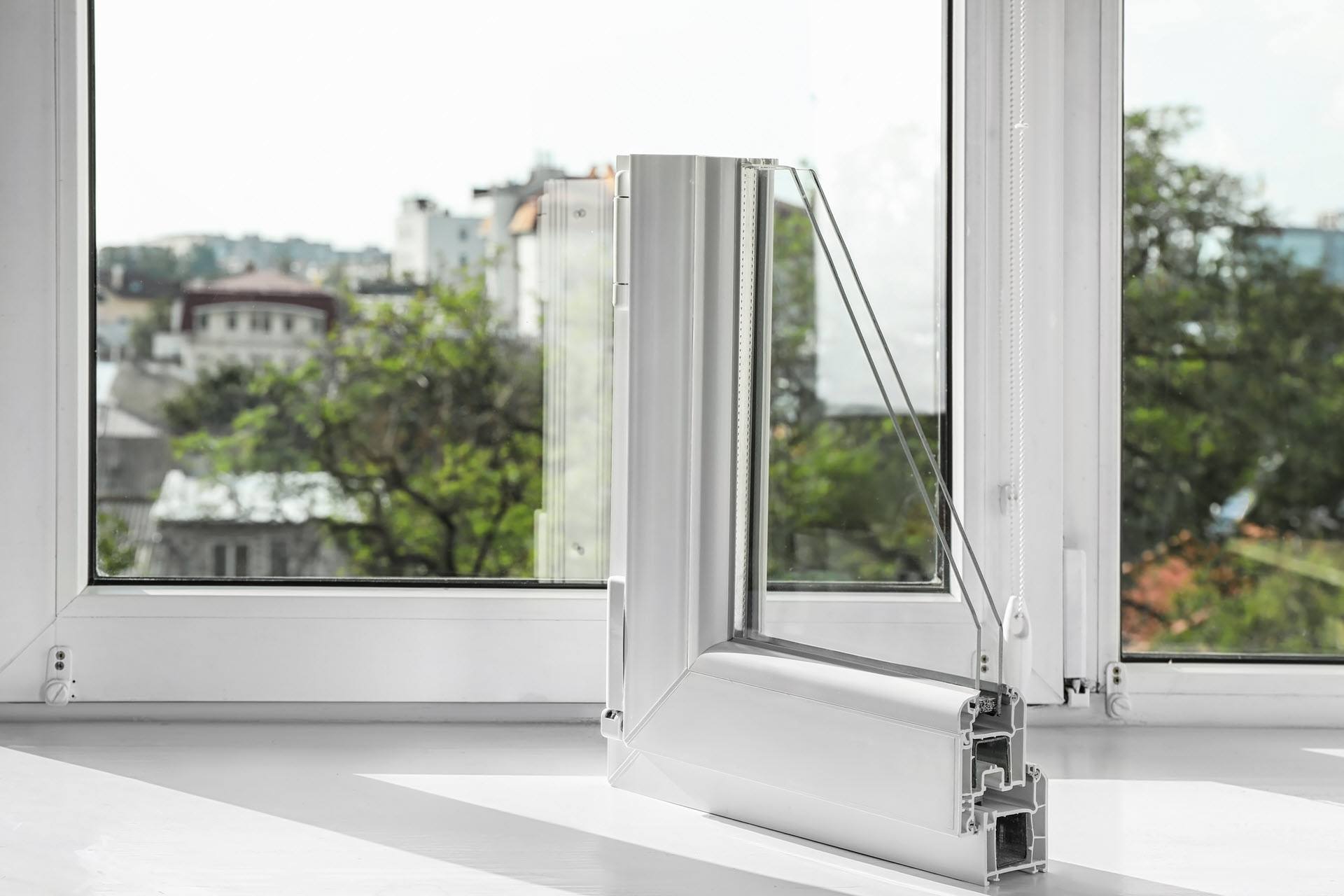

Interior Design Trends
What Is Glazed Glass
Modified: October 18, 2024
Discover the latest interior design trend with glazed glass. Learn about its uses and benefits for modern spaces. Explore the possibilities of incorporating glazed glass into your interior design.
(Many of the links in this article redirect to a specific reviewed product. Your purchase of these products through affiliate links helps to generate commission for Storables.com, at no extra cost. Learn more)
Introduction
Glazed glass has become an increasingly popular choice in interior design, offering a versatile and elegant solution for both residential and commercial spaces. This specialized type of glass has unique properties that make it a sought-after option for various applications, from enhancing natural light to adding a touch of sophistication to any environment.
The allure of glazed glass lies in its ability to transform spaces by creating a sense of openness and luminosity. Its translucent nature allows light to permeate through, illuminating interiors and creating a seamless connection between different areas. This not only contributes to a brighter and more inviting atmosphere but also imparts a modern and sleek aesthetic to the surroundings.
In addition to its aesthetic appeal, glazed glass serves practical purposes as well. It can be utilized to partition spaces without sacrificing the flow of light, making it an ideal choice for creating separate zones within a room while maintaining a sense of spaciousness. Furthermore, its sound-dampening properties make it an effective solution for minimizing noise transmission, thereby enhancing privacy and comfort in shared spaces.
As a versatile design element, glazed glass offers endless possibilities for customization. Whether it's through frosted, tinted, or textured variations, this type of glass can be tailored to suit specific design preferences and functional requirements. From sleek office partitions to elegant shower enclosures, glazed glass can be adapted to complement a wide range of interior styles, making it a versatile and adaptable choice for designers and homeowners alike.
In the following sections, we will delve deeper into the various types of glazed glass, its applications, advantages, disadvantages, and maintenance considerations. By gaining a comprehensive understanding of this distinctive material, you will be equipped with the knowledge to make informed decisions when incorporating glazed glass into your interior design projects.
Key Takeaways:
- Glazed glass is a versatile and elegant choice for interior design, offering natural light, privacy, and safety. It comes in various types, such as frosted, tinted, and textured, catering to diverse design preferences and functional needs.
- Glazed glass enhances interior spaces by maximizing natural light, creating visual spaciousness, and offering privacy. While it requires regular maintenance, its aesthetic versatility, sound control, and energy efficiency make it a valuable addition to any design project.
Read more: What Is Glass Glazing
Definition of Glazed Glass
Glazed glass, also known as architectural glass, is a specialized type of glass that has been treated or processed to achieve specific aesthetic or functional properties. Unlike traditional glass, which is transparent and smooth, glazed glass undergoes various treatments to alter its appearance, texture, or performance characteristics. These treatments can include processes such as tempering, laminating, frosting, or tinting, resulting in a diverse range of glazed glass options that cater to different design and functional requirements.
One of the defining features of glazed glass is its translucency, which allows light to pass through while providing varying degrees of privacy and diffusion. This unique quality makes glazed glass an ideal choice for applications where natural light is desired, but some level of separation or visual obstruction is also necessary. By controlling the level of translucency, designers can achieve the perfect balance between openness and privacy, creating visually striking and functional spaces.
Furthermore, glazed glass can be customized to meet specific design preferences and performance needs. For instance, frosted or etched glazed glass offers a degree of opacity, making it suitable for applications such as office partitions, shower enclosures, or decorative elements. Tinted glazed glass, on the other hand, provides not only visual interest but also solar control properties, reducing glare and heat transmission while maintaining a connection to the outdoors.
In addition to its aesthetic versatility, glazed glass can also be engineered to enhance safety and durability. Tempered or laminated glazed glass is designed to withstand impact and breakage, making it a reliable choice for areas where safety is a priority. These variations of glazed glass are commonly used in doors, windows, and balustrades, offering peace of mind without compromising on style or functionality.
Overall, the definition of glazed glass encompasses a wide spectrum of possibilities, from its visual and tactile qualities to its practical applications. By understanding the diverse range of treatments and options available, designers and homeowners can leverage the unique characteristics of glazed glass to elevate interior spaces with style, functionality, and natural light.
Types of Glazed Glass
When it comes to glazed glass, the range of options available is as diverse as the design possibilities it offers. Each type of glazed glass is characterized by unique properties that cater to specific functional and aesthetic requirements. Understanding the different types of glazed glass is essential for selecting the most suitable option for a particular application. Here are some of the most common types of glazed glass:
-
Frosted Glass: Frosted glazed glass undergoes a process that renders its surface translucent, diffusing light and providing a degree of privacy. This type of glass is often used for partitions, doors, and windows in spaces where natural light is desired, but a level of visual separation is also necessary.
-
Tinted Glass: Tinted glazed glass is infused with color during the manufacturing process, offering not only aesthetic appeal but also solar control properties. By reducing glare and heat transmission, tinted glass is an effective solution for maintaining a comfortable indoor environment while adding a touch of visual interest to the space.
-
Textured Glass: Textured glazed glass features patterns or designs on its surface, adding visual depth and tactile interest. This type of glass is commonly used for decorative elements, such as room dividers, cabinet doors, and shower enclosures, where it can enhance the overall aesthetic while providing a level of privacy.
-
Tempered Glass: Tempered glazed glass is engineered for strength and safety, making it resistant to impact and breakage. This type of glass is often used in doors, windows, and balustrades, offering peace of mind without compromising on style or functionality.
-
Laminated Glass: Laminated glazed glass consists of multiple layers bonded together, providing enhanced durability and safety. In the event of breakage, the glass remains in place, minimizing the risk of injury. Laminated glass is commonly used in areas where security and safety are paramount, such as storefronts, skylights, and glass floors.
-
Low-E Glass: Low-emissivity (Low-E) glazed glass is designed to minimize heat transfer, making it an energy-efficient choice for windows and facades. By reducing heat loss in colder climates and heat gain in warmer climates, Low-E glass contributes to improved thermal comfort and energy savings.
By familiarizing oneself with the various types of glazed glass, designers and homeowners can make informed decisions when selecting the most suitable option for their specific design and functional needs. Whether it's creating a sense of privacy, controlling light transmission, or enhancing safety, the diverse range of glazed glass types offers a solution for every interior design challenge.
Applications of Glazed Glass
Glazed glass finds a myriad of applications across residential, commercial, and institutional settings, owing to its versatility, aesthetic appeal, and functional properties. Its ability to seamlessly blend with various design styles and architectural elements makes it a popular choice for enhancing interior spaces. Here are some of the key applications of glazed glass:
1. Interior Partitions and Doors
Glazed glass partitions and doors are a stylish and practical solution for dividing interior spaces while maintaining a sense of openness and connectivity. Whether used in office environments, residential settings, or hospitality venues, glazed glass partitions allow natural light to permeate through different areas, creating a bright and airy atmosphere. The translucent nature of glazed glass also contributes to a visually expansive environment, making it an ideal choice for creating separate zones within a room without compromising on light flow.
Read more: What Is Glazing In Construction
2. Shower Enclosures
In bathrooms and spa facilities, glazed glass is often employed to create elegant and functional shower enclosures. The use of frosted or textured glazed glass provides privacy while allowing light to filter through, adding a touch of sophistication to the bathing area. The customizable nature of glazed glass allows for the creation of unique and personalized shower enclosures that enhance the overall aesthetic of the space.
3. Windows and Facades
Glazed glass windows and facades play a crucial role in shaping the visual identity of a building while contributing to energy efficiency and occupant comfort. Tinted and Low-E glazed glass options offer solar control properties, reducing heat gain and glare while allowing natural light to illuminate interiors. Additionally, the use of tempered or laminated glazed glass in windows enhances safety and security, making it a practical choice for both residential and commercial buildings.
4. Decorative Elements
Textured and etched glazed glass are often utilized as decorative elements in interior design. From room dividers and cabinet doors to feature walls and artistic installations, the unique patterns and designs on textured glazed glass add visual interest and tactile appeal to interior spaces. These decorative applications allow designers to infuse creativity and personality into the design while maintaining a sense of functionality and style.
5. Retail and Hospitality Environments
In retail and hospitality settings, glazed glass is used to create inviting and visually striking environments. From storefronts and display cases to bar counters and decorative partitions, glazed glass enhances the overall ambiance while providing a durable and practical solution for these high-traffic spaces. The versatility of glazed glass allows for the seamless integration of branding elements and design features, contributing to a cohesive and immersive customer experience.
Read more: What Is Reactive Glaze On Dinnerware?
6. Balustrades and Railings
The use of tempered and laminated glazed glass in balustrades and railings offers a modern and sophisticated aesthetic while ensuring safety and compliance with building codes. Whether in residential staircases, commercial atriums, or public spaces, glazed glass balustrades provide unobstructed views and a sense of openness, creating a visually stunning and secure environment.
From creating seamless transitions between spaces to adding a touch of elegance and functionality, the applications of glazed glass are diverse and impactful. Its ability to elevate interior design while addressing practical needs makes it a valuable and versatile material in the built environment.
Advantages of Glazed Glass
Glazed glass offers a multitude of advantages that contribute to its widespread popularity in interior design and architectural applications. From its aesthetic appeal to its functional properties, glazed glass provides numerous benefits that enhance the visual, spatial, and environmental aspects of interior spaces.
-
Natural Light Enhancement: One of the primary advantages of glazed glass is its ability to maximize the influx of natural light into interior spaces. By allowing light to permeate through while maintaining varying degrees of privacy, glazed glass creates a bright and inviting ambiance. This not only reduces the reliance on artificial lighting but also contributes to a sense of openness and connectivity within the space.
-
Visual Spaciousness: The translucent nature of glazed glass imparts a visual spaciousness to interior environments. Whether used for partitions, doors, or windows, glazed glass creates an illusion of expanded space by allowing unobstructed views and light penetration. This quality is particularly beneficial in smaller or enclosed areas, where it helps alleviate feelings of confinement and enhances the overall sense of openness.
-
Privacy and Transparency: Glazed glass offers the advantage of balancing privacy with transparency. Depending on the type of treatment, such as frosted, tinted, or textured variations, glazed glass can provide varying levels of visual obstruction while maintaining a connection to the surrounding areas. This versatility makes it an ideal choice for creating delineated spaces without compromising on light flow or visual appeal.
-
Aesthetic Versatility: The customizable nature of glazed glass allows for a wide range of aesthetic expressions. Whether it's sleek and modern or textured and decorative, glazed glass can be tailored to complement diverse interior styles and design preferences. This adaptability makes it a versatile design element that can be seamlessly integrated into various architectural contexts.
-
Sound Control: Glazed glass contributes to sound dampening and control, making it an effective solution for minimizing noise transmission between different areas. This property is particularly advantageous in office environments, hospitality venues, and residential spaces, where privacy and acoustical comfort are essential considerations.
-
Safety and Durability: Tempered and laminated variations of glazed glass offer enhanced safety and durability. These types of glazed glass are resistant to impact and breakage, reducing the risk of injury in the event of accidental damage. Additionally, the use of laminated glazed glass provides added security, as the glass remains in place even if it shatters, offering protection against forced entry.
-
Energy Efficiency: Certain types of glazed glass, such as Low-E variations, contribute to improved energy efficiency by minimizing heat transfer. This results in reduced energy consumption for heating and cooling, leading to potential cost savings and a smaller environmental footprint.
In summary, the advantages of glazed glass encompass its ability to enhance natural light, create visual spaciousness, provide privacy, offer aesthetic versatility, control sound transmission, ensure safety and durability, and contribute to energy efficiency. These benefits make glazed glass a valuable and impactful material in interior design, enriching spaces with both functional and aesthetic enhancements.
Disadvantages of Glazed Glass
While glazed glass offers a multitude of benefits, it is important to consider its potential drawbacks when evaluating its suitability for specific applications. Understanding the disadvantages of glazed glass is essential for making informed decisions and addressing any limitations that may impact its use in interior design and architectural projects.
-
Maintenance Requirements: Glazed glass, especially in its transparent and textured variations, may require regular cleaning to maintain its visual clarity and aesthetic appeal. Fingerprints, smudges, and dust particles can detract from the overall appearance of glazed glass surfaces, necessitating consistent upkeep to preserve their pristine condition.
-
Susceptibility to Scratches: The surface of glazed glass, particularly in high-traffic areas or applications such as doors and partitions, is susceptible to scratches and abrasions. Over time, these imperfections can diminish the visual allure of the glass, requiring careful handling and maintenance to minimize the risk of damage.
-
Cost Considerations: Depending on the type and customization of glazed glass, the associated costs can be higher compared to standard glass options. Factors such as specialized treatments, custom designs, and safety features, such as tempered or laminated glass, can contribute to an elevated price point, impacting budget considerations for interior design projects.
-
Limited Insulation: While glazed glass allows natural light to penetrate interior spaces, it may also result in increased heat gain or loss, depending on the climate and orientation of the building. In colder climates, the thermal insulation properties of glazed glass may be less efficient compared to solid walls or traditional windows, potentially impacting energy consumption and indoor comfort.
-
Privacy Constraints: Although glazed glass offers varying levels of privacy through treatments such as frosted or tinted options, it may not provide the same level of visual obstruction as opaque materials. In applications where complete privacy is essential, alternative materials or additional treatments may be required to address this limitation.
-
Installation Complexity: Certain types of glazed glass, such as large-scale panels or custom configurations, may pose challenges in terms of installation complexity and structural considerations. Proper installation and support mechanisms are crucial to ensure the stability and safety of glazed glass elements, adding to the overall project coordination and implementation requirements.
By acknowledging the potential disadvantages of glazed glass, designers and homeowners can proactively address these considerations through thoughtful planning, maintenance strategies, and informed decision-making. While the drawbacks of glazed glass warrant attention, they can be effectively managed through careful design choices and proactive maintenance practices, allowing the benefits of glazed glass to shine through in interior spaces.
Maintenance of Glazed Glass
Maintaining the pristine appearance and optimal functionality of glazed glass is essential for preserving its aesthetic appeal and performance over time. Proper care and maintenance practices can prolong the lifespan of glazed glass elements, ensuring that they continue to enhance interior spaces with their unique properties. Here are key considerations for the maintenance of glazed glass:
Read more: How To Glaze Brick
Regular Cleaning
Regular cleaning is crucial for keeping glazed glass surfaces free from dust, smudges, and other contaminants that can detract from their visual clarity. Using a mild glass cleaner or a solution of water and vinegar, along with a soft, lint-free cloth, can effectively remove dirt and residues without leaving streaks or marks. It is important to avoid abrasive cleaners or rough materials that could scratch the glass surface.
Attention to Detail
When cleaning glazed glass, attention to detail is paramount. Paying close attention to corners, edges, and intricate patterns, especially in textured or frosted glass, ensures that all areas are thoroughly cleaned. Removing any buildup of grime or residue in these areas helps maintain the overall appearance and integrity of the glazed glass.
Maintenance of Hardware and Seals
For glazed glass doors, windows, and partitions, regular inspection and maintenance of hardware components, such as hinges, handles, and seals, are essential. Lubricating moving parts, checking for loose fittings, and ensuring that seals are intact contribute to the smooth operation and longevity of glazed glass elements.
Preventative Measures
Implementing preventative measures, such as applying protective coatings or films, can help minimize the risk of scratches, stains, and damage to glazed glass surfaces. These measures provide an additional layer of defense against everyday wear and tear, reducing the frequency of intensive cleaning and maintenance.
Read more: How To Store Glazed Donuts
Professional Maintenance
In cases where specialized treatments or custom installations are involved, seeking professional maintenance services can ensure that glazed glass elements receive the care and attention they require. Professional cleaners and technicians have the expertise and tools to address specific maintenance needs, prolonging the lifespan and visual appeal of glazed glass features.
By incorporating these maintenance practices into the care regimen for glazed glass, designers and homeowners can uphold the beauty and functionality of this versatile material, ensuring that it continues to enrich interior spaces with its luminous presence and aesthetic allure.
Conclusion
In conclusion, glazed glass stands as a transformative and multifaceted element in interior design, offering a harmonious blend of aesthetic appeal, functionality, and versatility. From its ability to infuse spaces with natural light to its capacity for creating visual connectivity and privacy, glazed glass has become an indispensable asset in both residential and commercial environments.
The diverse range of glazed glass types, including frosted, tinted, textured, tempered, laminated, and Low-E variations, provides designers and homeowners with a spectrum of options to address specific design and functional requirements. Whether it's delineating spaces with elegant partitions, enhancing privacy in shower enclosures, or optimizing energy efficiency in windows and facades, glazed glass offers tailored solutions that elevate interior environments with style and purpose.
The advantages of glazed glass, such as its ability to enhance natural light, create visual spaciousness, provide privacy, offer aesthetic versatility, control sound transmission, ensure safety and durability, and contribute to energy efficiency, underscore its significance as a valuable design element. While it is essential to consider the potential drawbacks and maintenance requirements associated with glazed glass, proactive measures and informed decision-making can mitigate these considerations, allowing the benefits of glazed glass to shine through in interior spaces.
As the demand for sustainable and visually captivating design solutions continues to grow, glazed glass remains at the forefront of innovation, offering a timeless and contemporary appeal that transcends design trends. Its seamless integration into various architectural contexts, coupled with its ability to adapt to evolving design preferences, positions glazed glass as a timeless and enduring asset in the realm of interior design.
In essence, the allure of glazed glass lies in its ability to transcend the boundaries between form and function, light and privacy, and style and substance. By harnessing the transformative power of glazed glass, designers and homeowners can craft interior spaces that exude luminosity, sophistication, and practicality, creating environments that inspire and delight for years to come.
Frequently Asked Questions about What Is Glazed Glass
Was this page helpful?
At Storables.com, we guarantee accurate and reliable information. Our content, validated by Expert Board Contributors, is crafted following stringent Editorial Policies. We're committed to providing you with well-researched, expert-backed insights for all your informational needs.




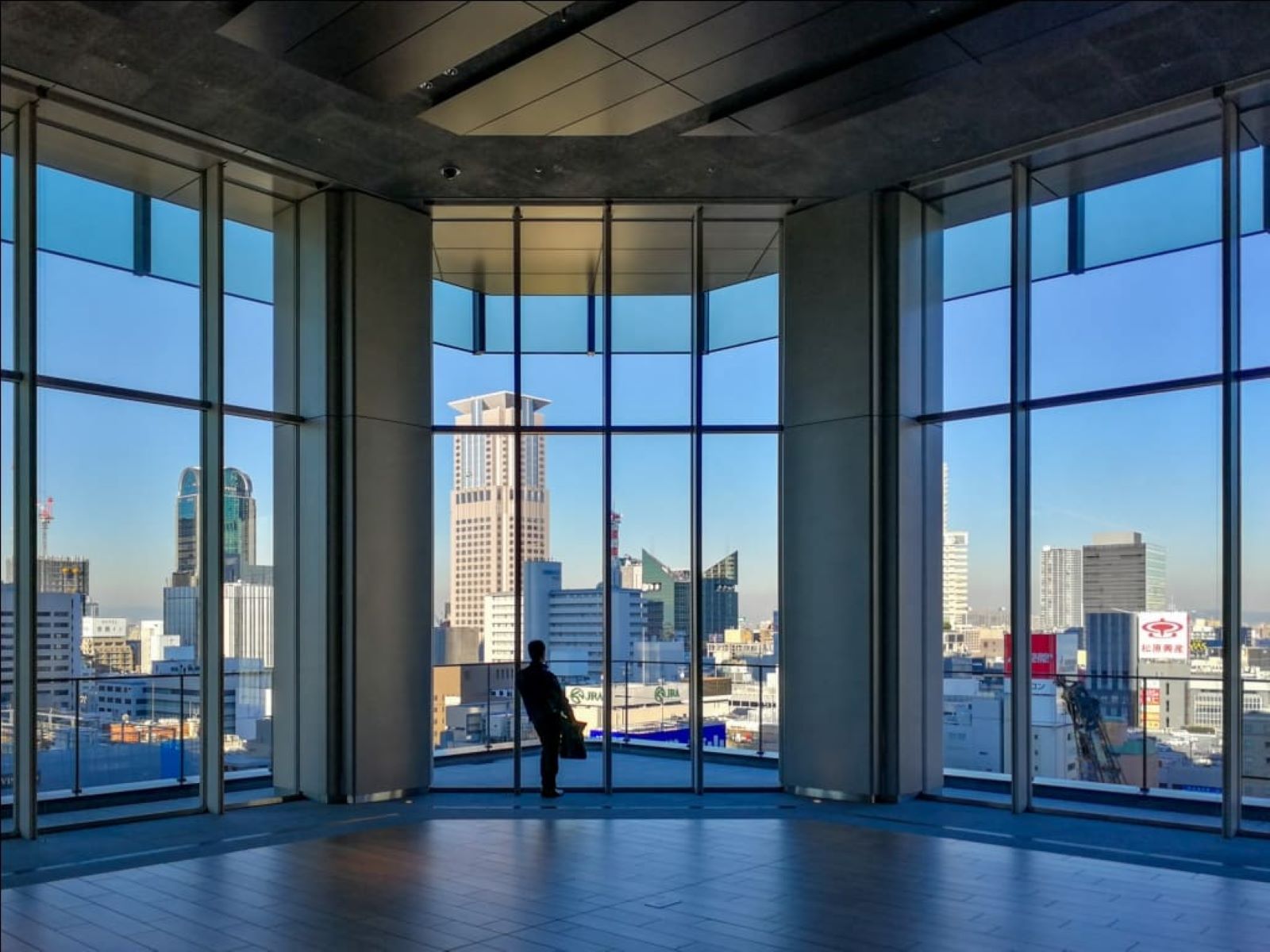
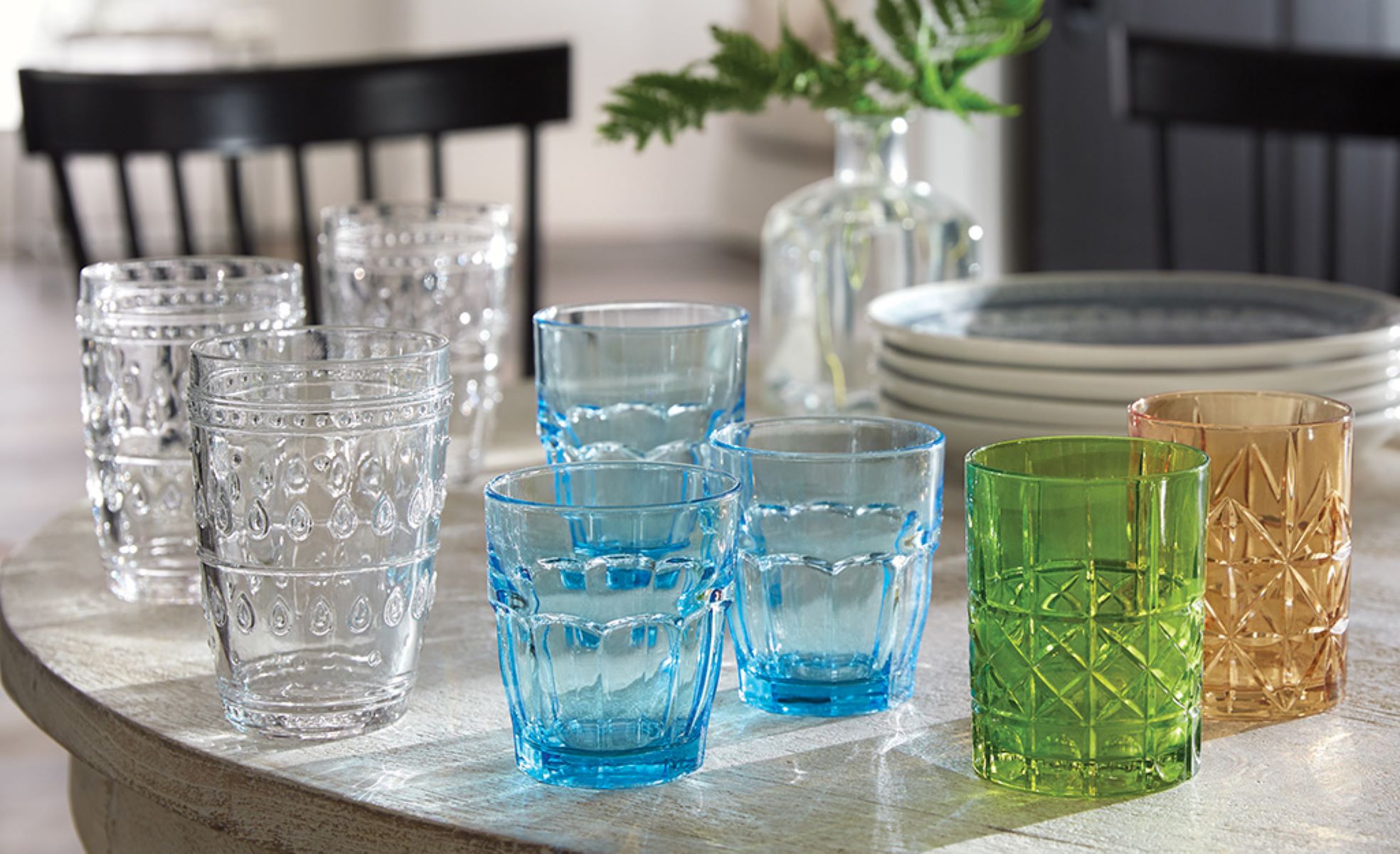
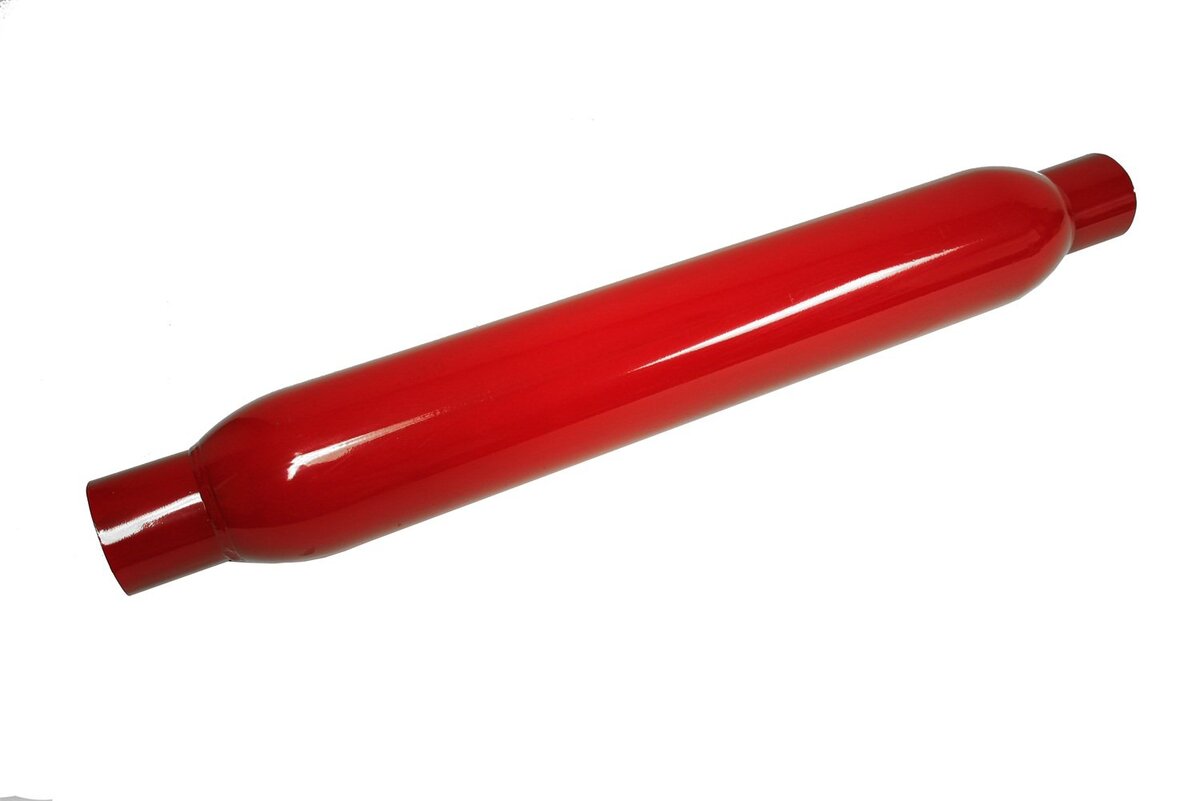

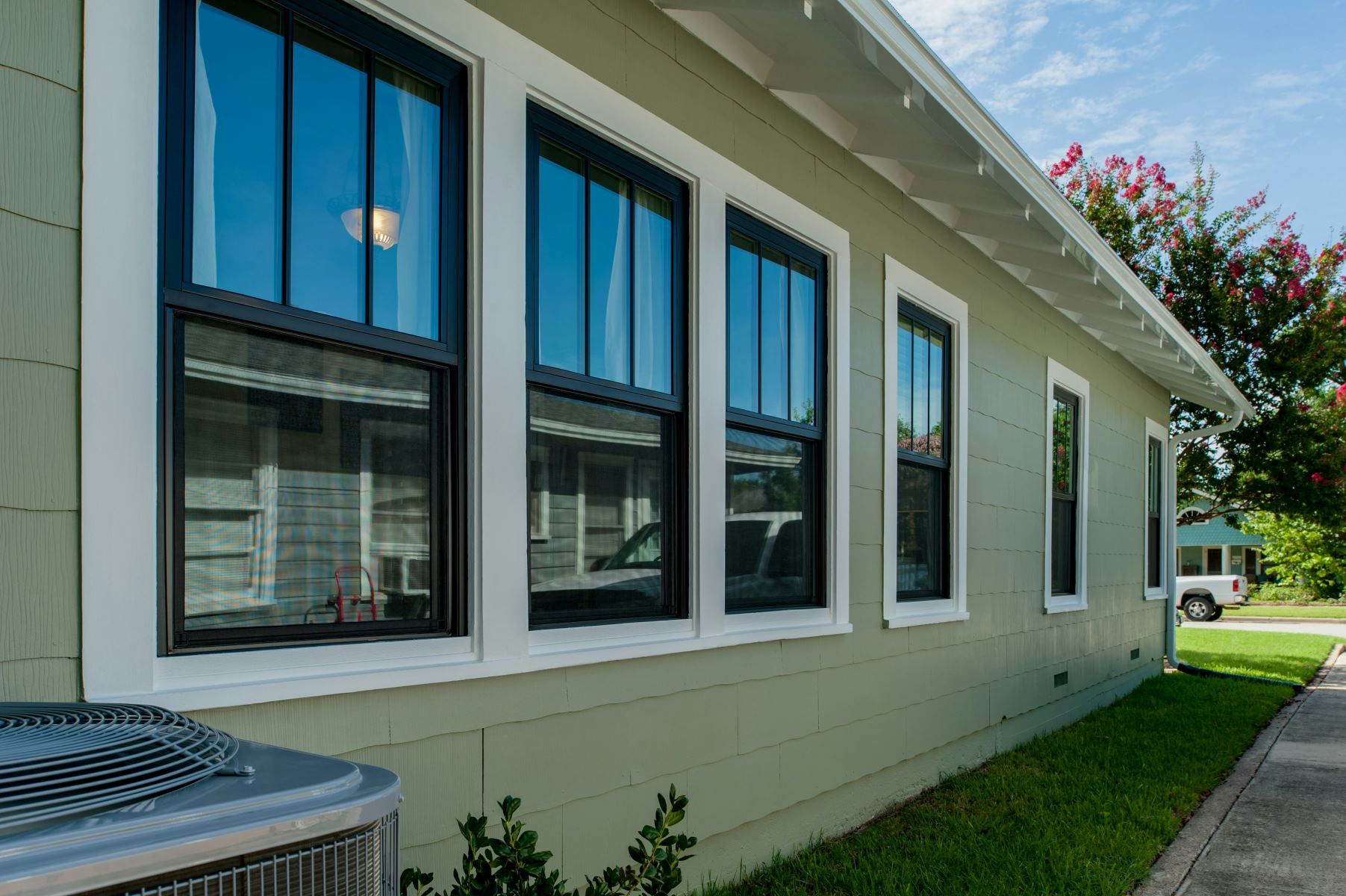



0 thoughts on “What Is Glazed Glass”